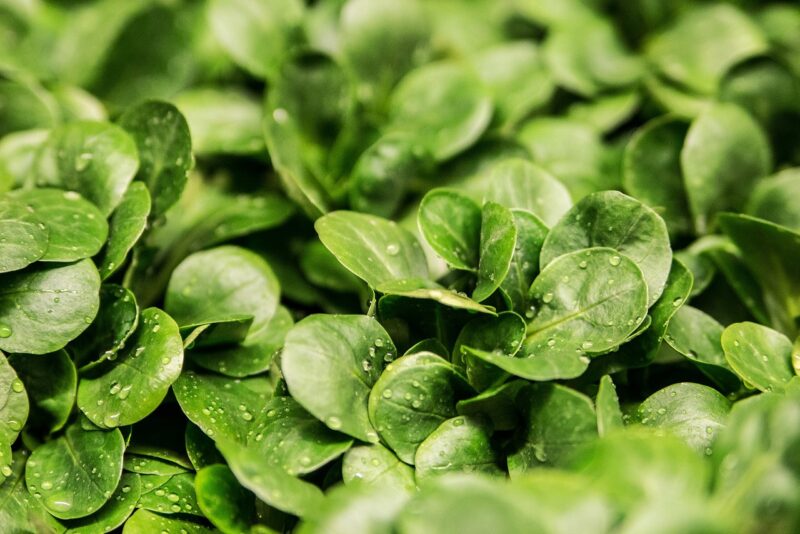
Growing your own vegetables is not just about saving money—it’s also a rewarding experience that connects you to nature, promotes healthy eating, and provides a sense of accomplishment. Whether you have a sprawling backyard or a small balcony, building your first vegetable garden can be an exciting and fulfilling project. In this comprehensive guide, we will walk you through everything you need to know to get your vegetable garden started, from planning your space to harvesting your first crops.
1. Why Start a Vegetable Garden?
There are numerous reasons to start a vegetable garden:
- Freshness: Homegrown vegetables are fresher and often taste better than store-bought options. You can pick them at their peak ripeness, resulting in superior flavor and nutrition.
- Health Benefits: Growing your own vegetables encourages healthy eating habits and allows you to control what goes into your food, including avoiding pesticides and chemicals.
- Cost-Effective: While there may be initial setup costs, growing your own vegetables can save you money in the long run as you won’t need to purchase as many vegetables from the store.
- Environmental Impact: Home gardening can reduce your carbon footprint by minimizing transportation emissions and packaging waste associated with commercially grown food.
- Therapeutic Value: Gardening has been shown to reduce stress and improve mental well-being. The process of nurturing plants and watching them grow can be incredibly satisfying.
2. Planning Your Vegetable Garden
Proper planning is the key to a successful vegetable garden. Here are the steps to consider:
Choose a Location
Select a spot that receives plenty of sunlight—at least 6 to 8 hours a day. Ensure the area has good drainage, as vegetables don’t thrive in waterlogged conditions. If you have limited space, consider starting with container gardening.
Decide on the Size
For your first garden, start small. A 10 × 10-foot garden can provide a good variety of vegetables without becoming overwhelming. You can always expand later as you gain more experience.
Select Vegetables to Grow
Choose vegetables that you enjoy eating and that are easy to grow. Some beginner-friendly options include:
- Tomatoes
- Lettuce
- Radishes
- Carrots
- Zucchini
Additionally, consider your climate and growing season, which may influence what can be successfully cultivated.
3. Preparing Your Garden Bed
Once you’ve planned your garden, it’s time to prepare your garden bed:
Clear the Area
Remove any sod, weeds, or debris from the area. This helps prevent competition for nutrients and light.
Improve the Soil
Vegetables thrive in nutrient-rich soil. Consider testing your soil to determine its pH and nutrient levels. You can improve soil quality by:
- Adding organic matter like compost
- Incorporating well-rotted manure
- Using mulch to retain moisture and suppress weeds
Define Your Garden Layout
You can grow vegetables in rows, raised beds, or even containers. Raised beds are particularly good for starting gardens as they provide well-drained soil and can be constructed in various sizes to fit your space.
4. Planting Your Vegetables
When the conditions are right and the soil is prepared, it’s time to plant:
Timing is Key
Refer to a gardening calendar specific to your region for the best planting times. Some crops can be planted in early spring, while others are best planted after the last frost.
Follow Spacing Guidelines
Ensure that you plant seeds or transplants at the recommended spacing to allow for proper air circulation and growth. Overcrowding can lead to disease and poor yields.
Watering and Care
After planting, water your garden thoroughly. Keep the soil consistently moist for germination, and monitor regularly, especially during dry spells. Consider using mulch to help retain moisture.
5. Maintaining Your Vegetable Garden
Continuously caring for your garden is crucial:
Weeding Regularly
Weeds compete for nutrients, water, and sunlight. Pull them regularly by hand or use mulch to reduce their growth.
Monitoring for Pests and Diseases
Keep an eye out for signs of pests or diseases. Introduce natural predators like ladybugs, or use organic pest control methods to keep invasives at bay.
Fertilizing as Needed
Depending on your soil’s fertility, you may need to fertilize during the growing season. Again, organic fertilizers such as compost or specific vegetable fertilizers are excellent options.
6. Harvesting Your Vegetables
The most rewarding aspect of gardening is the harvest. Each vegetable has its specific harvest time, so refer to seed packets and gardening charts to determine when your crops are ready:
- Tomatoes should be harvested when fully colored and slightly soft to the touch.
- Lettuce can be cut at the base or harvested leaf by leaf when young.
- Root vegetables like carrots and radishes are best pulled when they reach a desirable size—usually a couple of inches in diameter.
Remember to harvest regularly to encourage new growth and enjoy the freshest produce possible.
7. Enjoying the Fruits of Your Labor
Once harvested, it’s time to enjoy your homegrown vegetables:
- Incorporate them into your meals—fresh salads, stir-fries, and soups are excellent options.
- Share your bounty with friends and family. There’s nothing quite like sharing the joy of gardening.
- Consider preserving excess produce through canning, freezing, or drying, ensuring you enjoy your garden’s harvest all year long.
Conclusion
Starting your first vegetable garden at home can be a fulfilling project that reaps delicious rewards. With careful planning, preparation, and maintenance, you can enjoy fresh vegetables while enhancing your well-being and contributing to a sustainable lifestyle. Enjoy the process of learning and experimenting, and watch as your garden flourishes into a vibrant and productive space.







